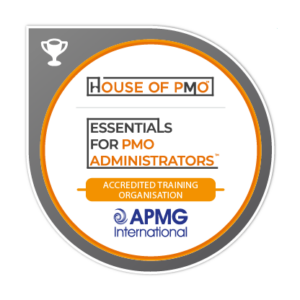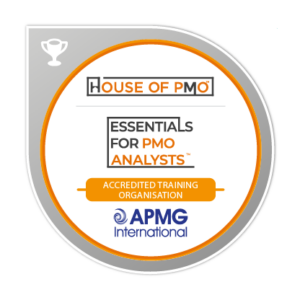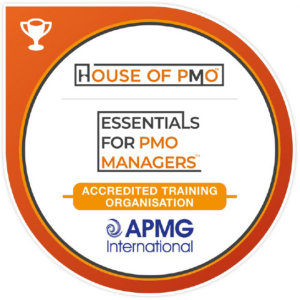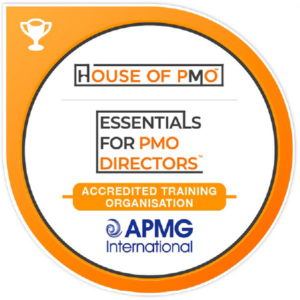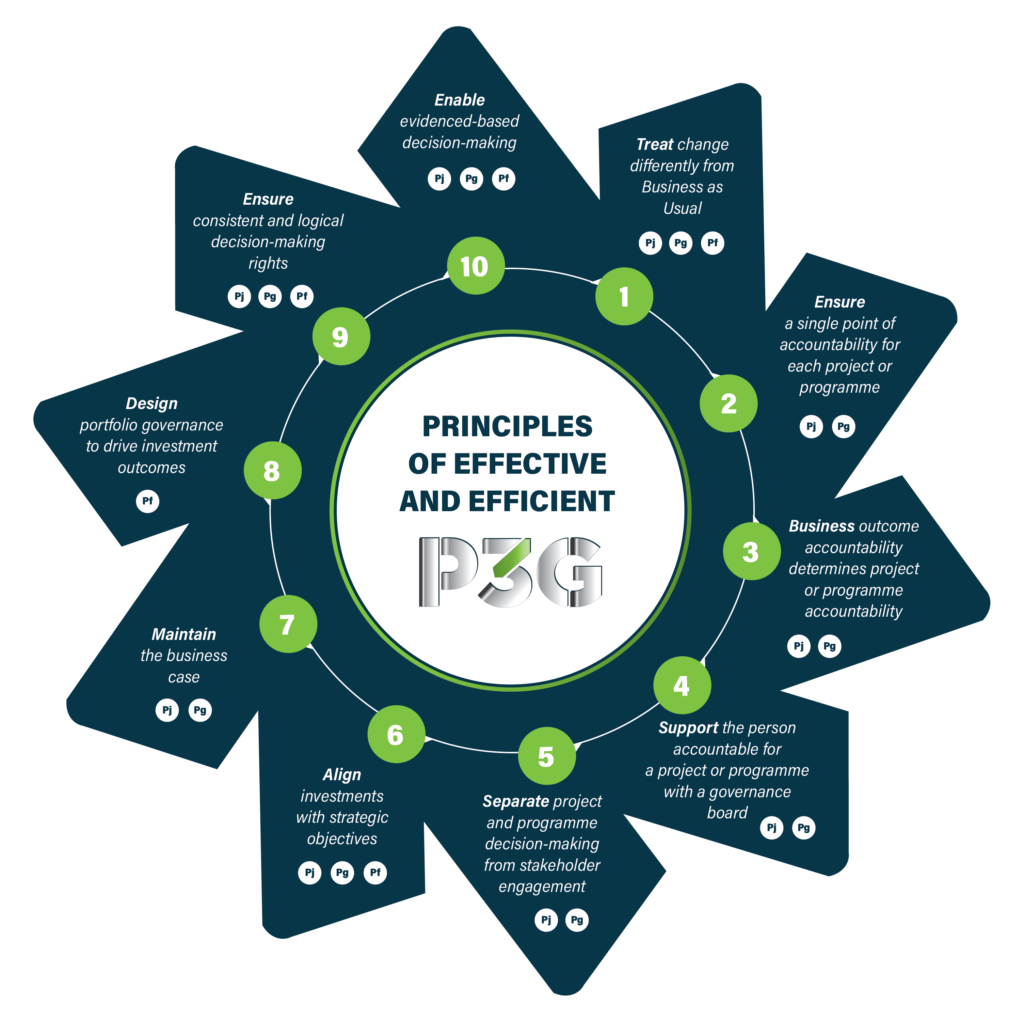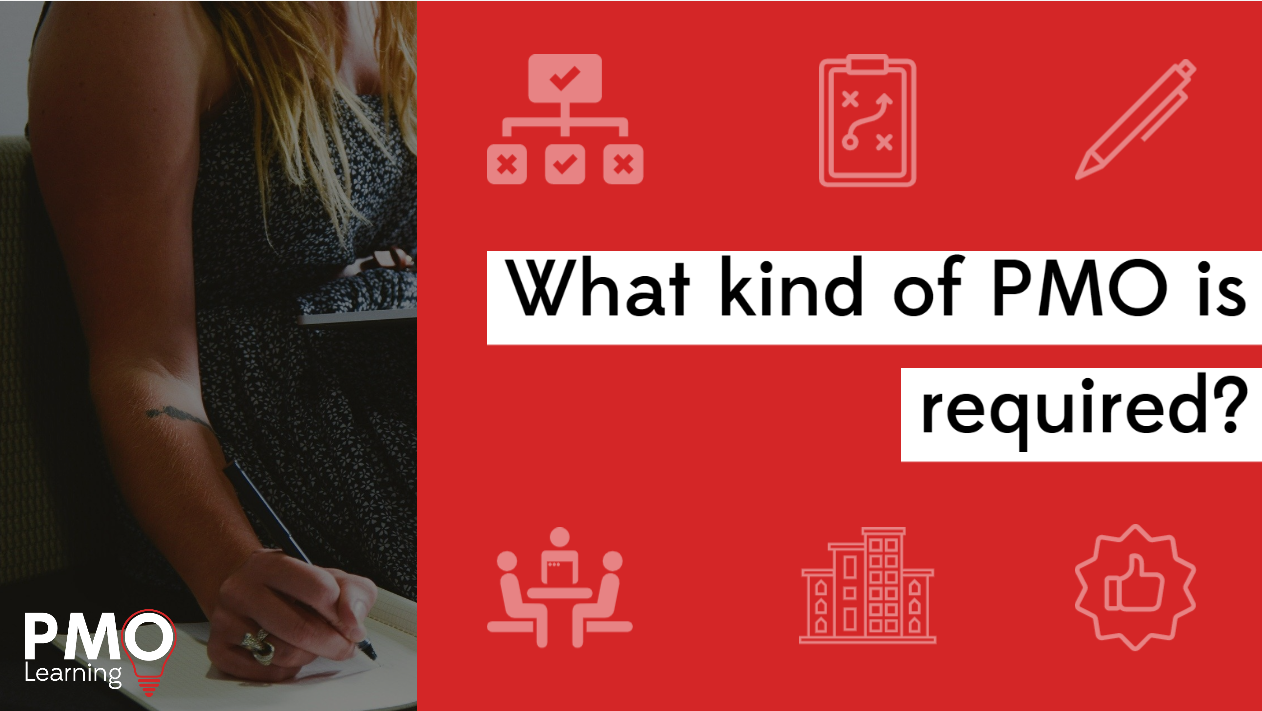
On the 20th of January, PMO Learning Directors Eileen Roden and Lindsay Scott delivered a webinar with BCS (British Computer Society) entitled ‘How to Setup a PMO’, covering a range of topics including what kind of PMO is required? What resources are needed to implement a PMO successfully? How can we measure the su ccess? With 669 participants, it’s clear that many of us in the world of Projects, Programmes and Portfolios are looking for guidance in Setting Up a PMO within our organisations.
ccess? With 669 participants, it’s clear that many of us in the world of Projects, Programmes and Portfolios are looking for guidance in Setting Up a PMO within our organisations.
This post will be taking a look at the first question – What kind of PMO is required?
PMO Terminology
When we use the term PMO, it is often very general, and doesn’t actually provide any explanation as to what the PMO is being set up to do.
In order to establish what the role of the PMO will be, it is important to clarify some key terms often used (and misused!) within the PMO.
- Portfolio Office – an office where there are services provided across the organisation/division/department that support senior excecutives to understand their investment in projects and programmes and understand how these link to business strategy. This is often a central point of the organisation, where specific services and particular types of resources are provided. The Portfolio Office often has a significant level of credibility within the organisation, with experience focused within the business, and not specifically Project or Programme management. It might not necessarily deliver support to Projects and Programmes, but rather deliver support directly to the C-Suite in terms of understanding and supporting in delivering portfolios to further the business strategy.
- Programme Office – an office that delivers services to a programme. Within organisations working on a large programme, a dedicated Programme Office may be a permenant feature. The Programme Office supports the Programme Manager in delivering whatever is required of the programme. As few Programme Managers are able to undetake every activity required to deliver the Programme, the Programme Team and Programme Office may provide support ranging all the way from planning, resource management, risk management, resource management, issue management, quality assurance, performance management and beyond!
- Project Office – an office that offers services to an individual project. This may be temporary, whilst the project is ongoing, and supports the Project Manager in all Project activities. However, is is important to note that not every project is big enough to justify establishing an official Project Office, often such services are delivered by more central offices within an organisation.
- Centre of Excellence – The CoE is a standards office, in which decisions on Project and Programme standards, templates, processes are made. The Centre of Excellence has good Project and Programme with an understanding of the politics of an organisation, able to align Project and Programme processes within Business As Usual departments such as HR, Finance, or Procurement.
By understanding these four different types of offices, we are a step closer to understanding what kind of PMO is required within our organisation. Often, organisations don’t create individual offices for the four types of services offered, instead they use a single central office, often deemed an Enterprise PMO or Organisational Portfolio Office, to deliver Project and Programme Office services, as well as Centre of Excellence services.
These different offices are useful to consider when Setting Up a PMO – what type of services will our PMO offer? There are a wide range of acronyms used to describe types of PMOs, for example a Project Support Office (PSO), a Change Project Management Office (CPMO), an Agile Project Management Office (APMO) alongisde many others. Regardless of what type of initiative you’re looking to implement, it is important to establish what Project and Programme services you’re delivering. In doing so, you will also be able to understand which customers within the organisation will utilize the PMO.
It’s Not About You!
There are a lot of PMOs withing organisations manned by enthusiastic individuals who have gained learned a lot of PMO terminology and theory, keen to tell an organisation what their PMO should provide. It’s also common to see those who have worked in successful PMOs at previous roles or organisations keen to replicate that success. However, it is vital to remember It’s Not About You! The purpose of having a PMO is not because we “need” one, the PMO exists to address the needs of an organisation, providing them support in their delivery of Projects and Programmes, and ensuring it is balanced against Business As Usual to ensure success against their overall business strategy.
So, how do we determine what the business needs? Often when trying to explain their needs, it is not outlined using Project Management language. For example, it is unlikely that senior executives will say: “We need a detailed risk management process that concentrates on risk identification and has a mitigation process using the Monte Carlo analysis.” or “We’re looking to improve our Portfolio Management.”
Instead, they might speak directly about the business issues. A typical example from the C-Suite may be, “We have a large range of Projects and Programmes, and our Senior Managers wan these included in the annual budget. How can we work through them to establish which ones will help us contribute to the business strategy?”
Here we need to interpret their business language to provide services to help solve these issues.
In the example above, we might put in place a Project and Programme Matrix to give us an indication of which projects are helping to add value, therefore providing further information to those in the C-Suite, helping them understand which Projects help with their specific aims.
It is important that the decision stays with Senior Managers – the PMOs role is to provide the information to enable them to make an informed decision.
Who else do we need to consider?
It is not simply the business needs that we must consider when Setting Up a PMO – across the Portfolio Office, Programme Office, Project Office and Centre of Excellence, there is a vast variety of stakeholder needs that must be addressed. These stakeholders may take the role of Company Executives, Programme Managers, Project Managers and beyond. Even if we’re running a Project Office, we may still have stakeholders at Executive and Programme level that require information from the PMO. Just because we are Project focused, it does not mean we should only focus on the Project Team’s needs and requirements from the PMO.
We also need to look at the needs of functional areas such as Finance or Procurement, Business As Usual, those who receive the outcome of Projects may also have needs for the PMO, for example they may require better visibility of when Projects will impact their individual departments accross the organisation. There is a wide and diverse set of stakeholders within every organisation that the PMO must consider – of course not all of those needs can be met exclusively by the PMO, but by optimising the services the PMO is able to provide, and with careful analysis, we can prioritise our key stakeholders.
How can we outline what we want the PMO to achieve?
When Setting Up a PMO, it is important that those in leadership roles determine the PMO Mandate, and outline what is is they want the PMO to achieve.
The PMO Manager and team develop a plan to deliver the PMO Mandate. This plan is formally documented within the Mandate to provide transparency to all stakeholders what the PMO is there to deliver. The Mandate should include:
- Business Problems
- Vision
- Mission
- The specific goals and objectives to meet the Business Problems
- The value added to the business
Support vs Service?
There is a big difference between Support Based PMOs and Service Level PMOs regardless of what level the PMO is working at. We have a great blog post that provides an interesting analogy, comparing the Support Based PMO as a home kitchen, and the Service Level PMO as a restaurant. Here is a simple breakdown of the two:
- PMOs at Support Level – These PMOs support Projects and do services generally as requested. These can unfortunately be inefficient, as the PMO may not necessarily have the necessary tools, techniques, processes, skills and resources required to provide the service requested.
- PMOs at Service Level – These PMOs provide a documented list of services and capabilities. These services require formal approval, and are agreed as part of understanding the Business Problems, with the PMO providing these services to deal with these problems. The list of services are found within the PMO Mandate, which provides the PMO with the authority to undertake such services, and demonstrate how they address the Business Problems. These services may include quality assurance, benefits management, reporting, or internal consultancy, to name just a few.
By understanding what kind of PMO we are looking to establish within your organisation, we are able to determine our key stakeholders, the services the PMO will provide, and at what level.
Where can I learn more?
Our Setting Up a PMO course is a hands-on course and workshop which walks you through the practical steps in the set up of a PMO.
Delegates will benefit from a raft of tools, techniques and templates to establish a consistent approach to project management within their organisation. The course also covers Programme Office and Portfolio Office as an extension as the roadmap can be used for the set up of these types of PMOs. You can find out more here.
Enjoying Our Blog?
Sign up and receive all our articles (we’ll send you an update once a week!) plus special offers and events:












